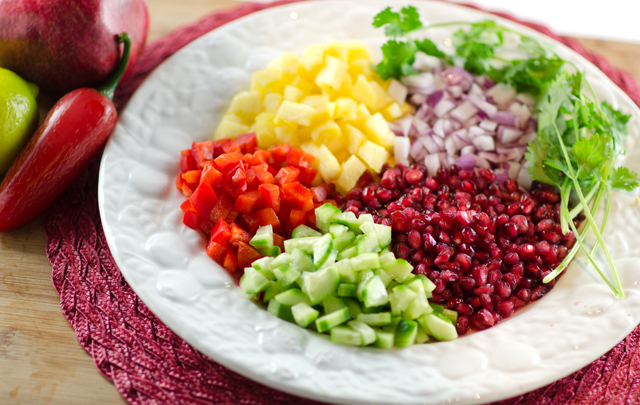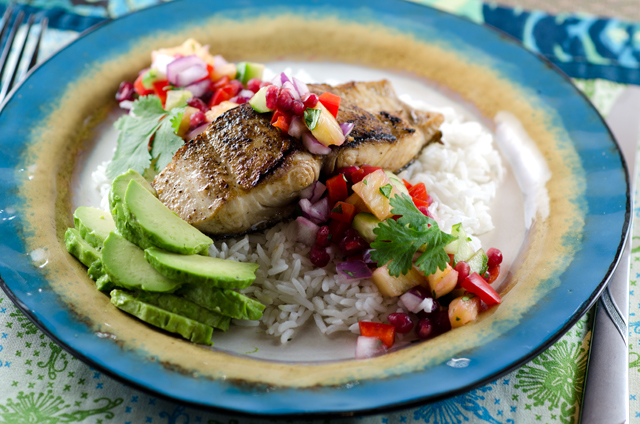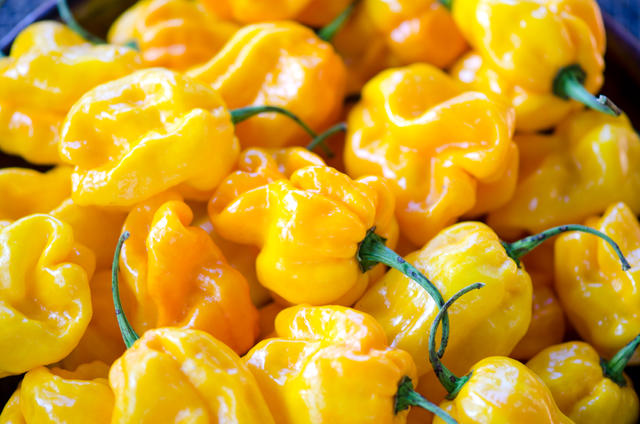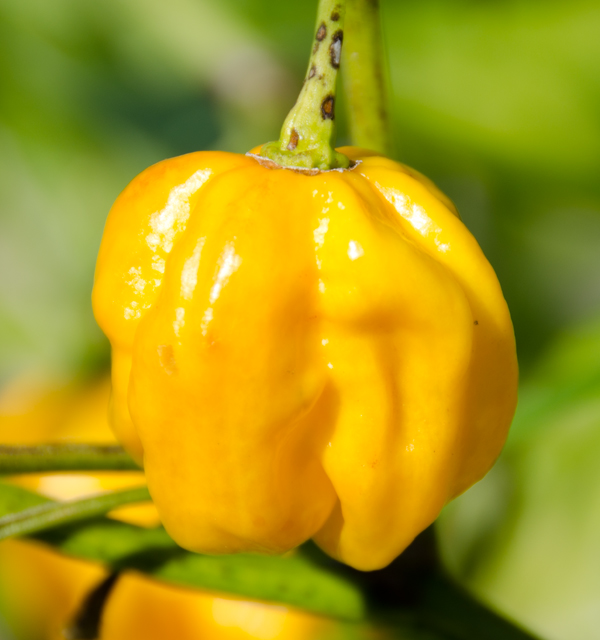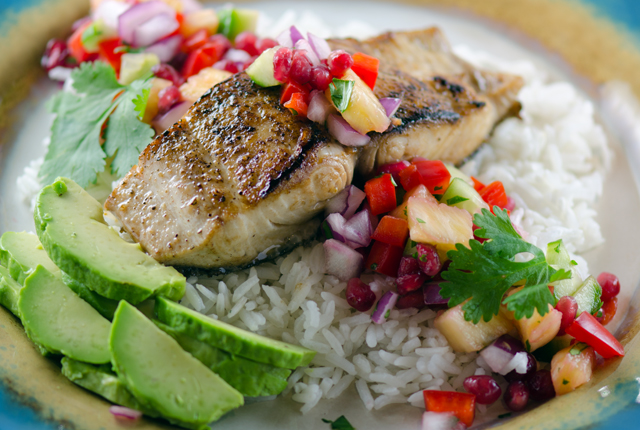 Fish is always my go-to selection for a quick and healthy dinner. This weekend my fish market had quite a few excellent varieties and some beautiful mahi mahi fillets caught my eye.
Fish is always my go-to selection for a quick and healthy dinner. This weekend my fish market had quite a few excellent varieties and some beautiful mahi mahi fillets caught my eye.
Also known as dolphin fish, the Hawaiian name, mahi mahi, was used first by restaurants to distinguish it from the mammal. Despite the Hawaiian name, mahi mahi is mostly fished on the Atlantic coast. Wild caught in the United States from Massachusetts to Texas, it is considered a “best choice” by the Monterey Bay Aquarium Seafood Watch. Mahi mahi are fished by longline methods or troll and pole. These methods limit the accidental catch of sea turtles and other threatened species.
Mahi mahi is a lean fish with a delicate, mildly pronounced flavor and medium texture. The flesh usually has strips of brown running down the center of the fillet. This is a harmless discoloration, some (not us) think this makes the fish less attractive so they trim it off. Be sure to remove the skin before cooking, it is tough and tasteless. Halibut would be a good substitution if mahi mahi is not available.
We cook our fish very simply and compliment it with a bright sauce. I wanted to take advantage of seasonal fall ingredients and I noticed a display of pomegranates at the front of the supermarket. Whether it was inspiration or the power of suggestion, I’m not certain, I planned to make a pomegranate salsa. I combined jewel toned pomegranate arils with juicy pineapple, crispy cucumber and red onion. A little jalapeno from the garden provided enough heat to contrast with the sweet and I finished the salsa with a little cilantro. Served with rice and avocado slices and a salad, this made a quick and delicious dinner. This salsa would be good with tortilla or pita chips or even as a bruschetta with a creamy goat cheese.
Mahi Mahi with Pomegranate Salsa
Serves four
Ingredients
- 4 mahi mahi fillets, 6 oz each
- Cooked jasmine or other long grain rice
- Sliced avocado
- Preheat oven to 450°F.
- Measure the fillets at their thickest point. Season fish with salt and pepper and place on a baking sheet.
- Bake fish for 10 minutes for every inch of thickness. If you check internal temperatures, it should be about 130°F. Remember fish will continue to cook even off the heat.
- Mound the rice on plates and top with fish and salsa. Arrange avocado slices on the side. Sprinkle with cilantro and serve with lime wedges.
Pomegranate Salsa
Makes about 4 cups
Ingredients
- 1c pomegranate arils
- 3/4c peeled and diced cucumber
- 3/4c diced pineapple
- 1/4c diced red onion
- 1-3 jalapeno peppers, seeded and minced
- 1/3c diced sweet red pepper
- 2T fresh lime juice
- 1/3c finely chopped cilantro
Directions
- Combine all the ingredients in a bowl and stir to combine. Taste for heat preference and additional jalapeno if desired.
